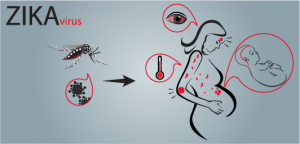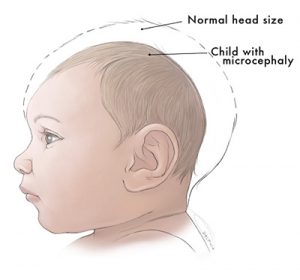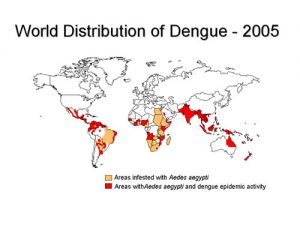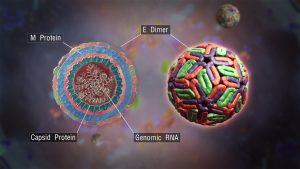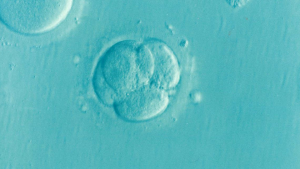“There are parasites in almost every kind of fish.” ~anonymous fish seller.
Ever seen small, skinny, white or red “strings” in the fish that you’re eating? Did you think they were just the type of meat or maybe the chef added something for flavour? Well, they weren’t in your food on purpose. The “strings” you just ate were parasitic worms in infected fish!
Unknown to consumers, raw meat with worms is sold everyday in grocery stores and restaurants . It is not uncommon to find parasites in raw meats. Wild fish in the ocean have the opportunity to interact with parasites and become infected. Raw meat dishes are especially vulnerable to these parasites. The video below shows infected salmon being sold at Costco.
It takes a lot to kill the worms in fish either freezing for a week or heating at very hot temperatures that would make the meat overcooked and dry. Although parasites aren’t meant to be a problem in thoroughly cooked fish, restaurants want to serve fresh and perfectly cooked food, which is done far from the preventative temperatures. They don’t use the preventative method of storing and cooking the fish at more extreme temperatures.
If you eat infected fish the infections can transfer to you and the parasites can inhabit your body. This becomes a real health concern for consumers. Worms can lay eggs inside you or if eggs are ingested then they can hatch and infections can grow. Worms cause many problems in your digestive and circulatory systems. Children can even become stunted in growth if infected. With severe infections the result can be death.
People who eat sushi are at a greater risk for having a parasite because of the raw fish used in the dishes. Being infected with worms is the most common in Japan and the Netherlands because in these countries eating raw fish is the norm. Also, worms are more common when the weather becomes warmer and because of global warming these infections could increase.
So what can we do? Well, one technique chef’s use is called “candling”, where a bright light is placed under the fish and you look for shadows of the worms to pick them out. However, this is like making finger or hand shadows on a wall as a kid and having someone guess what you’re projecting. It is not an effective method for making the food we are eating safe.
Some restaurants have begun buying their fish from fish farms. This is a preventative measure because the fish are raised separated from the rest of the ecosystem so they have a much less chance to become infected. But still many places don’t want to use this preventative measure because they want to have “fresh wild fish” to serve. And also restaurants don’t want to support fish farms because of the many negative environmental impacts that occur from fish farms, such as release of chemicals into the surrounding marine ecosystem.
Be careful the next time you order fish at your favourite restaurant or buy meats from your local grocery store. Who knows what’s going to pop up?
If you would like to see more, here is a video of a chef preparing sushi and finding the fish infested with parasites:
By: Sukhvir Toor

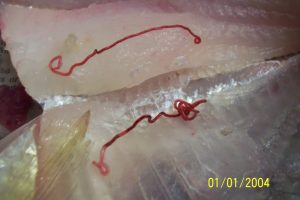
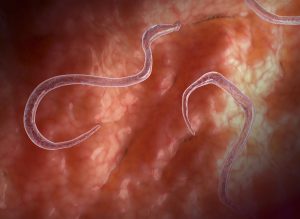


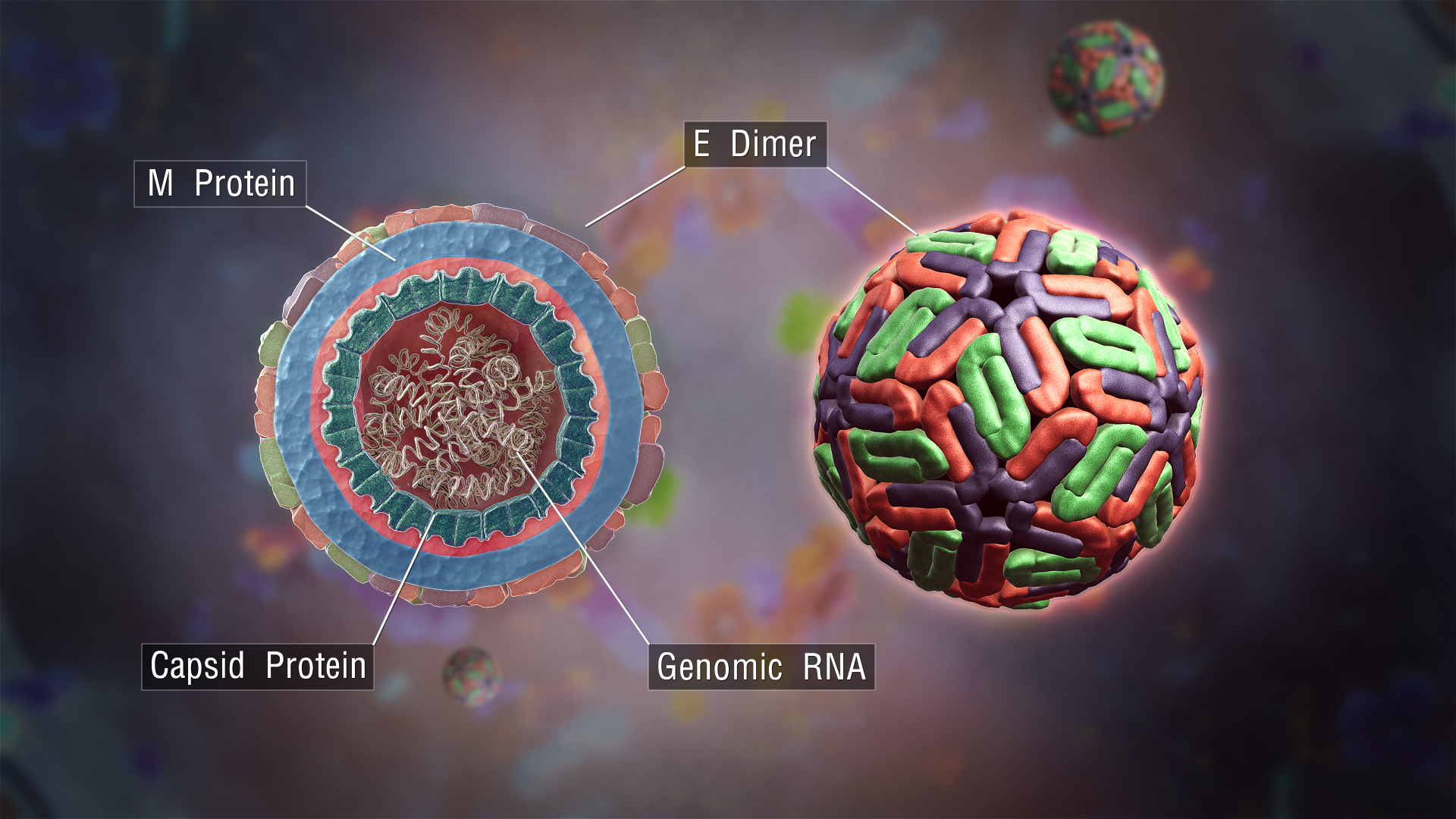 General cross-section view of a Dengue virus. From
General cross-section view of a Dengue virus. From 

